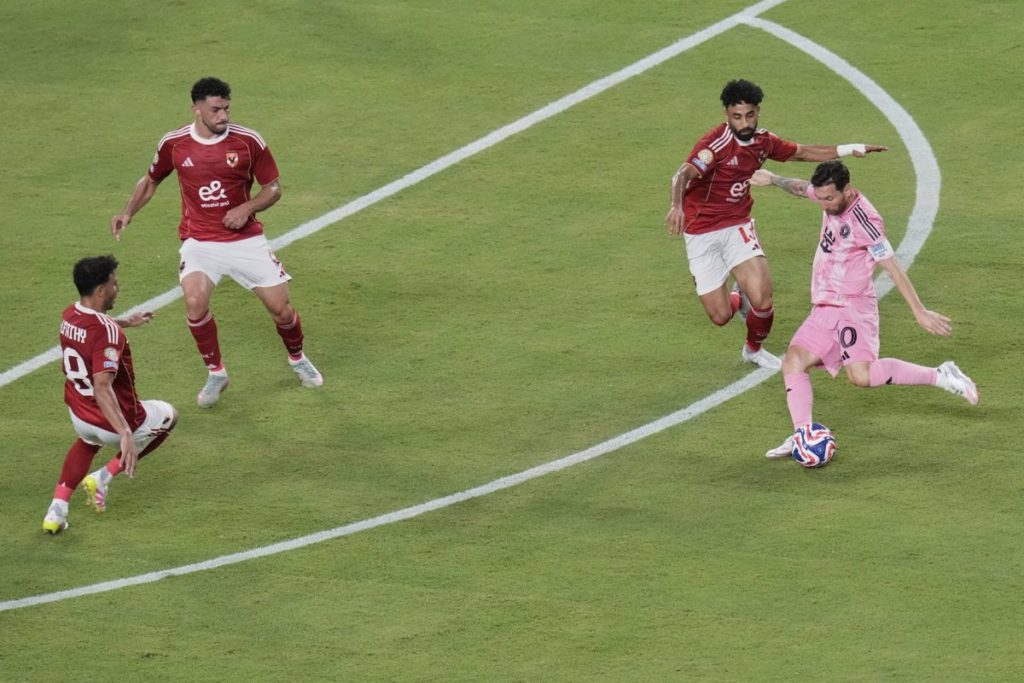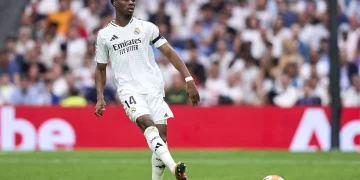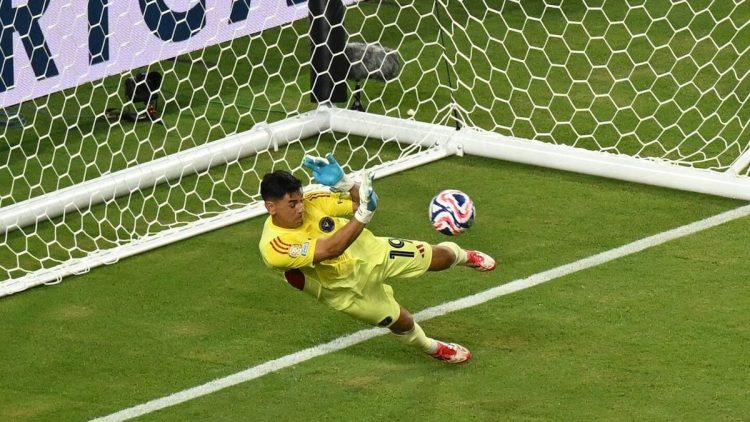Penalty‑Saving Statistical Anomalies
Brazil has long been synonymous with flair, creativity, and attacking genius, but a quieter revolution is taking place between the posts. Recent analysis shows Brazilian goalkeepers outperforming expectations in penalty scenarios, turning what used to be a neutral or favorable situation for takers into a high-risk gamble. At international tournaments, Brazilian keepers have saved approximately 28% of penalties over the past five years—nearly double the global average of 15–16%. In club football, high-stakes shootouts often see Brazilians produce game-changing saves at a consistent clip. Their success isn’t luck but a blend of deep study, methodical preparation, and psychological mastery.
Goalkeepers like Alisson Becker, Ederson Moraes, and Weverton are known for their pre-penalty routines: scanning opponent tendencies, orchestrating mental games, and adopting a stance that masks intent. Behind the scenes, Brazilian goalkeeping coaches have been compiling years of data—from run-up speeds to eye-tracking studies—into bespoke profiles on the most common penalty takers. This strategic fusion of analytics and intuition has flipped penalty expectations, making Brazilian custodians an underrated weapon in shootout situations. As clubs worldwide take notice, these statistics reveal a hidden edge that undermines standard scouting assumptions, creating real market inefficiencies.
Distribution Skill Premium
But the brilliance doesn’t stop at penalty-box heroics. Brazilian goalkeepers increasingly stand out for their exceptional distribution skills—a premium asset in today’s progressive, build-from-the-back football philosophy. Ederson’s ability to launch pinpoint long balls and Alisson’s composure passing through the press are textbook models of a keeper as a third center-back. These traits align perfectly with tactics employed by top European sides like Liverpool, City, and Bayern, who prize swimmers in possession.
Interestingly, statistical breakdown shows Brazilian keepers complete up to 85% of passes under pressure, a rate 10% higher than their European counterparts. They’re also more likely to attempt progressive passes that break lines rather than cycled side-to-side distribution, which explains why their presence opens tactical flexibility. Clubs that once treated goalkeepers as shot-stoppers now see upgrades in Brazilian keepers as access to a new midfield facet, especially in transition-heavy systems. As scouts retool their models, the distribution premium creates both a performance and valuation gap, reinforcing the sense of an emerging market inefficiency within the global transfer ecosystem.
Cultural Stigma Reversals
Historically, Brazilian keepers faced cultural bias. The national mythos prioritized dazzling forwards, samba midfielders, and poetic full-backs; goalkeeping was almost an afterthought. Legendary strikers and flamboyant wingers captured the spotlight, leaving bungles or mistakes by keepers unduly magnified. Many top talents attempted to convert to other positions, thinking the goalkeeping path held limited prestige or financial opportunity.

That paradigm began shifting in the early 2010s with the emergence of stars like Júlio César and later Alisson, who showcased world-class reflexes combined with calm leadership. Alisson’s Premier League, Copa América, and Champions League triumphs were watershed moments. Suddenly holding the net became not only respected but revered.
Clubs now view Brazilian full-stops as having elite football intelligences—strong defensive organization, calm under crossing pressure, and command in crowded penalty areas. Their cultural image has reoriented from unreliable specialists to cerebral, multidimensional athletes. As this perception spreads, demand outstrips conventional supply, with European sides increasingly allocating top wages to retain or attract Brazilian keepers. The market inefficiency is clear: undervalued in the past, overdeliverers in technical, mental, and tactical dimensions beyond mere shot stopping.
A Blueprint for the Next Generation of Goalkeepers
Brazil’s goalkeeper renaissance is systemic. Academies now integrate distribution coaching, penalty strategy, and footwork training alongside traditional shot-stopping. Regional goalkeeping schools like São Paulo FC’s Programa Empresa Palestra sharpen reflexes and tactical reading from adolescence. Coaches invite foreign specialists to combine Brazilian intuition with European rigor; for instance, Ederson worked under City’s Johan Cruyff-influenced gym to master positional play.
Result: a new generation of Brazilian keepers—dangerous with their feet, feared in penalty boxes, physically imposing, and mentally disciplined. These profiles contrast starkly with many European goalkeepers who excel in one attribute but lack the full-spectrum skillset required by modern game architects.
Why the Market Gap Persists
Despite this progress, listing price tags for Brazilian keepers remain lower than those of similar pedigrees from Europe. There are several reasons for this persistent mispricing:
- Origin Discount: South American goalkeepers are still broadly seen as risky bilingual converters—rarely as technical equals.
- Positional Bias: Many clubs historically reserve their prize budgets for attackers—less so for goalkeepers.
- Data Lag: Metrics such as xG prevented, ball progression involvement, or penalty saving ratios have yet to be fully integrated into scouting models, maintaining epistemic blind spots.
- Retainment Hesitancy: European clubs still undervalue arrival of foreign keepers, worrying about linguistic integration and domestic league experience levels.
This lag allows shrewd clubs to profit by acquiring Brazilian keepers far below their true delta value—and often converting them into league champions or record-setting defenders.
The Global Impact and Future Outlook
The shift from niche specialists to full-spectrum custodians is just beginning. As more Brazilian keepers succeed in top-flight Europe—such as in Ligue 1, Serie A, and the Bundesliga—their reputational curve will steepen. Expect the following transformations:
- Higher transfer valuations: The next Ederson-like keeper could fetch €45–60 million.
- Strategic goalkeeper profiling in youth systems: prioritizing someone who can influence build-up as a node, not just spatially protect goals.
- Tactical recalibrations: Opposing teams adopting strategies to limit keeper distributions or psychological edge in penalties.
Brazilian anglekeepers are setting off a quiet revolution—a market inefficiency feeding into rising fill-ins at elite clubs. For those scouting now, getting ahead of this shift offers competitive capital.
Conclusion
Brazilian keepers demonstrate that greatness between the sticks no longer depends on gloves alone—it’s built on vision, vocal leadership, ball-playing skill, and psychological dominance. Their penalty defiance, distribution excellence, and the reversal of long-standing cultural stigma form the core reasons why global football is waking up to their value. What was once an overlooked or undervalued pocket in the transfer market is rapidly becoming a goldmine. And in a sport built around 90 minutes of theatre and inches, the Brazilian shot-stopper is the next big stage star—rewriting the account books one save, pass, and penalty at a time.


































Discussion about this post